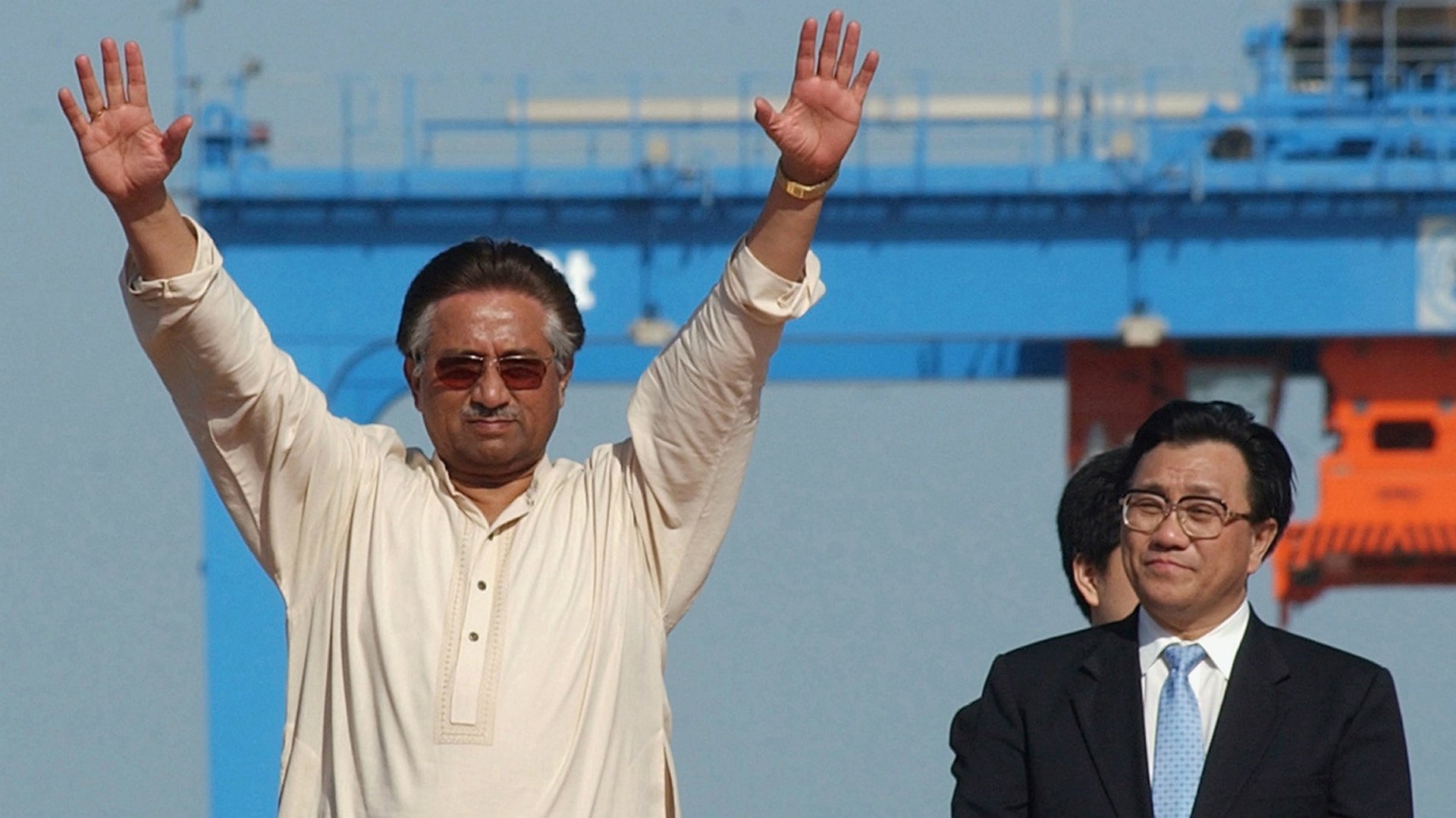China and India are battling over two strategically important Middle East ports
Asia’s two most populous countries are quietly fighting a strategic battle over the Middle East, centered around two little-known ports in Iran and Pakistan with access to the Persian Gulf.


Asia’s two most populous countries are quietly fighting a strategic battle over the Middle East, centered around two little-known ports in Iran and Pakistan with access to the Persian Gulf.
The two ports, Chabahar port on the southeastern tip of Iran and Gwadar port on the southwestern tip of neighboring Pakistan, are just 100 miles apart. China already controls Gwadar, which gives it access to oil from the Middle East. India, meanwhile, just provided $100 million to renovate Iran’s Chabahar port, which it uses to ship goods to Afghanistan
But now China is making a play for Chabahar as well, offering $78 million in financing for an overhaul of the port. Indian media are outraged. The Indian Express, which broke the story, said China was “quietly intruding into India’s geopolitical space in Iran.” India’s foreign office agreed, warning that China could be financing the project so that Gwadar would not have competition. Both India and China are attempting to curry favor with Iran’s rulers to support their respective projects.
In the short term, the two countries have very different stated aims. China intends to use land links to Gwadar port to transport Middle Eastern oil and goods through Pakistan to its far western province of Xinjiang. India, by contrast, wants to use Chabahar to trade with Afghanistan through Iran. But neither country is short-sighted. The geopolitical importance of the Middle East and ensures that whichever port gains prominence will be a lucrative venture. The financing battle is just early-stage diplomacy.
As The Diplomat points out, New Delhi is fretting that China will develop a “string of pearls” in the form of naval bases encircling India and throttle its maritime expansion; Beijing is fretting that it will encircled by its neighbors in the Pacific, especially in light of the United States’ renewed activity in the region.
Sino-Indian relations were recently strained by a border standoff in the mountainous region of Ladakh and India has been public with its concerns about China’s naval buildup. Neither side wants conflict—China’s new premier, Li Keqiang, chose India as his first overseas destination in order to build relations—but some stepping on toes appears inevitable.